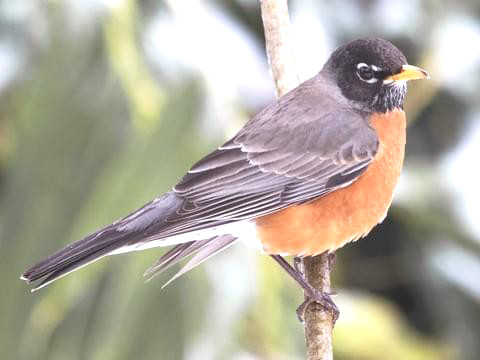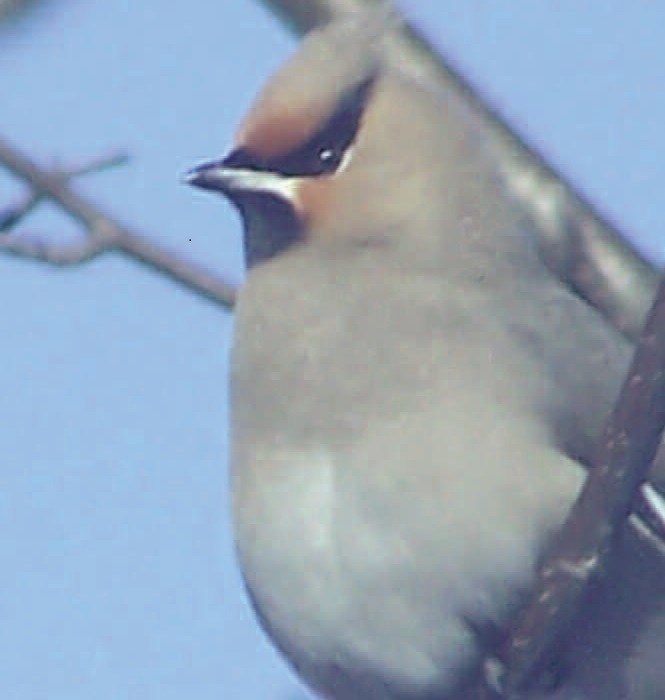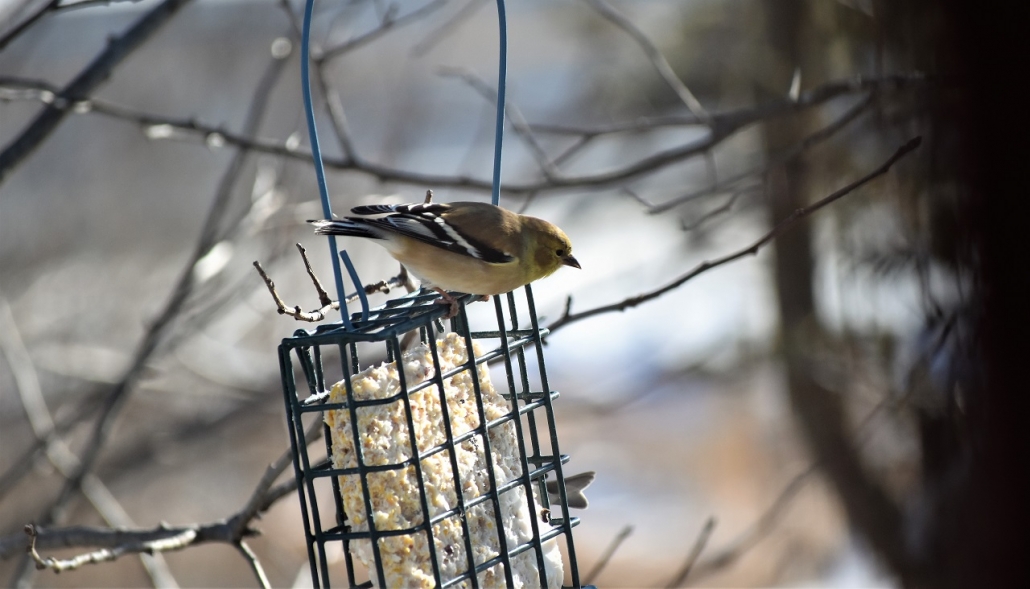GARDEN WORKS: Seeds from your dreams: Coming from a seed catalog to you, part 1 (A-thru-E)

 by Emily Cates
by Emily Cates
As the wind whips through the drifting snow, I snuggle up by the wood stove with a warm cup of tea and a seed catalog. Each year there’s something new, along with seeds tried and true.
With imagination running wild, I run my highlighter through the pages, highlighting the objects of desire until the ink runs dry. Flipping through the pages with great enthusiasm and stars in my eyes, I pause to envision my garden brimming with the results of planting these seeds.
Since this is a good time of year to plan a garden and order seeds, let’s look at some possibilities we’ll find in catalogs. In this series, we’ll examine an “A to Z of Possibilities” wish list ranging from easy-to-grow things I’d never go without, and a few more that leave me intrigued. If you have any suggestions or thoughts on what’s on your dream garden wish list, feel free to leave a comment on our website or Facebook page, or send me a message to my brand new email address: EmilyCates@townline.org.
Arugula – Probably my favorite salad or braising green, its nutty, peppery crunch always makes me happy. Oftentimes it self-sows for an encore performance.
Asparagus – If you have a sunny, weed-free, fertile patch of soil, try planting Purple Passion asparagus.
Ashwagandha – This herb from the nightshade family grows a root that is used for its adaptogenic properties similar to ginseng.
Basil – Nowadays there are many cultivars with a dazzling array of many shapes, colors, and aromas. My favorite basil, Mrs. Burns’ Lemon, looks absolutely amazing interplanted with other basils such as Purple Ruffles, Spicy Bush, and lettuce leaf varieties. Don’t forget Genovese basil for the best pesto on the planet.
Beans – Pole beans, bush beans, runner beans, shell beans, green beans, yellow beans, purple beans, soup beans, wax beans, haricots verts, oh my! I have definitely tried my share of bean varieties over the years, and I’ve learned that one could spend an entire lifetime trialing a new bean every year. So many colors and patterns to choose from, it’s easy to get boggled looking at beans in a catalog. But try the interesting ones anyways – like Red Noodle, Drabo, and Dragon’s Tongue – and have fun.
Beets – If you can grow beets, the cultivar Chioggia is delicious and pretty with its bullseye pattern of pink and white when sliced.
Carrots – Carrots of today are available in a wide range of beautiful colors. Though they are sometimes a challenge to grow in my clay-based soil, the ones that do well are especially delicious after a frost. Try a seed packet of mixed colors and plant something exciting.
Cilantro – Either you love it or hate it. Whether or not it tastes like the essential ingredient of a superb salsa – or dish soap – will determine whether or not it will be planted in your garden plot.
Corn – It’s difficult to grow corn when surrounded by hungry birds and beasts, but a good year will yield enough to enjoy fresh, roasted, steamed, ground, popped, decoratively, and more. For something a little different, look for Earth Tones (a beautiful dent corn), and Pennsylvania Dutch Butter Flavored Popcorn (the hands-down best popcorn in the universe).
Cucumbers – I find the specialty cukes to be fabulous, especially Boothby’s Blonde, Poona Kheera, and the round Lemon cucumber. I’m also intrigued with Mexican Sour Gherkin, a cucumber-like plant that produces fruits that taste refreshingly like they were already pickled. (This I keep intending to try, hopefully I’ll get around to it this year.) Let me know your experience with it.
Dahlias – The tubers of this gorgeous flower are edible – so consider planting a cultivar selected for table qualities – and beautify your garden.
Eggplant – Even if you’re not a fan of eggplant, its fruit grows in so many eye-catching colors that it might deserve a spot to be admired.
Wow! I can’t believe the A to Z wish list for this time only went to “E”. Let’s pick up “G for garlic” next time. Again, don’t forget to leave a comment on our website or Facebook, or message me at EmilyCates@townline.org.
Happy searching for dream seeds!
Read part two here: Seeds of your dreams, Part 2 (G-H)
Read part three here: Seeds of your dreams: Find joy in a seed catalog, Part 3 (H-N)

















 Medical researchers may have come up with a way to treat such dreaded conditions as Alzheimer’s disease, MS and spinal cord injuries.
Medical researchers may have come up with a way to treat such dreaded conditions as Alzheimer’s disease, MS and spinal cord injuries.